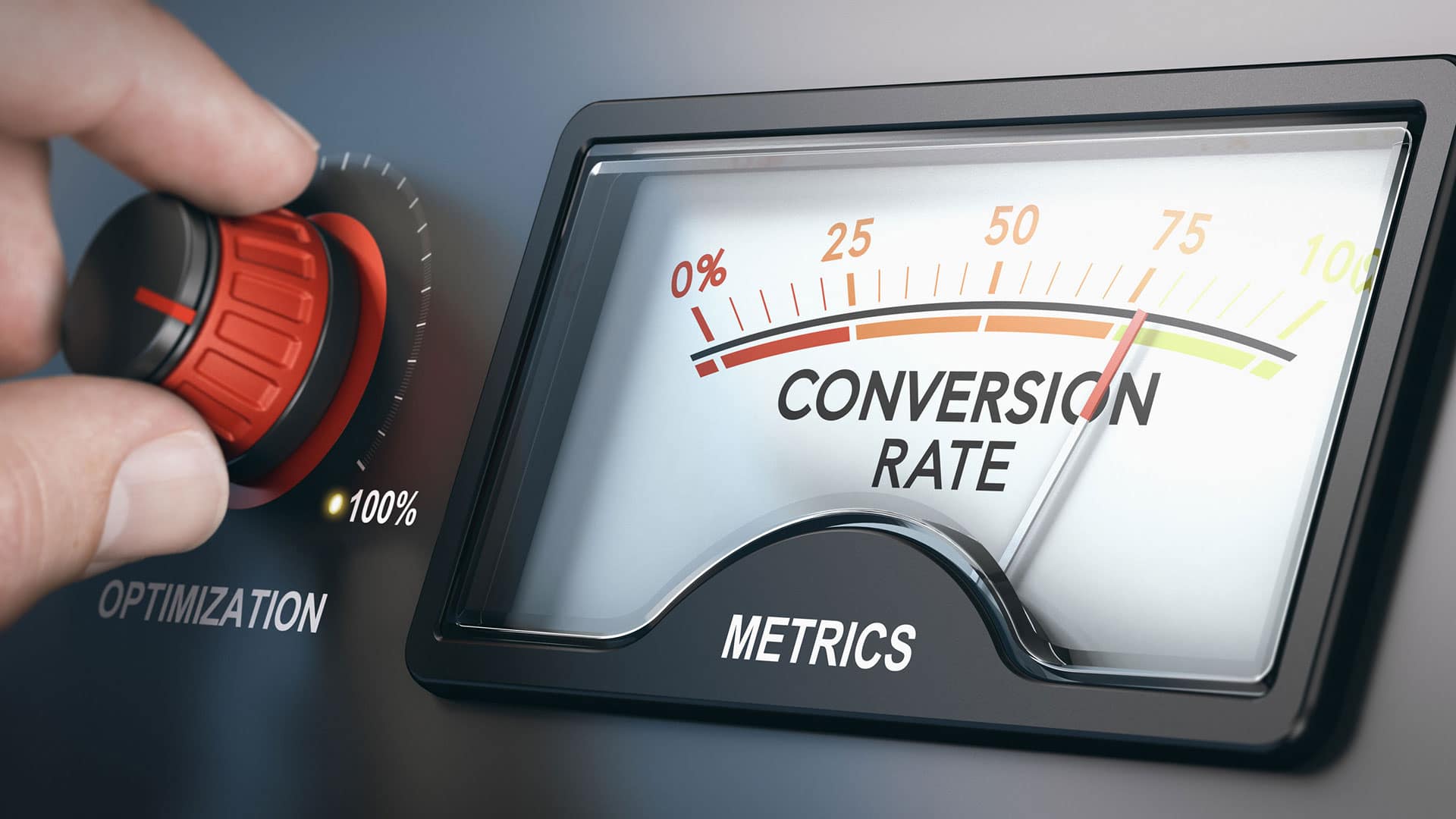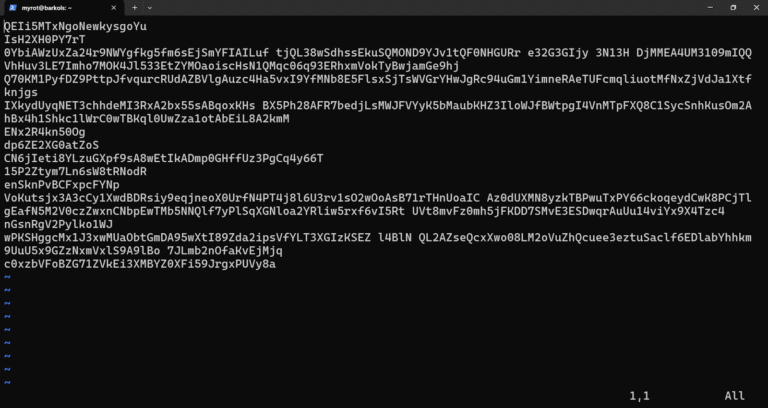
-
Guide the users to the contact page
Quite often, a website user might find your content very interesting and may even be persuaded to get in touch with your business to know more about your products or services. In such a scenario, there is nothing worse than having a confusing layout that does not clearly indicate your contact information. The tip here is to use easy-to-understand terms like ‘Contact Us’, ‘Help & Support’, or ‘Get in touch with us’, and place the navigation link in a prominent position on the website. This also acts as a visual prompt that can effortlessly guide the users to take action after they have visited your website.
-
Bring all of your contact options to one central location
Many companies choose to separate their contact page and support page on their website. While this works to keep the two functions separate, it may discourage website users from getting all their answers from a single spot. It is highly advisable that your contact page design contains solutions for self-service knowledge as well. Hootsuite does an excellent job of centralizing their contact us page to offer customers whatever they need. You can also add in links to FAQs and your social media pages to catch the customer’s attention. Of course, while centralizing all contact options, the page’s aesthetic value must not be lost. Keep everything simple and minimal so as to not confuse the user.
-
Categorize the page based on the help required
Sometimes, a customer may reach your contact page to have a simple query answered. Other times, they may be looking for an in-depth solution to a problem they can’t seem to navigate themselves. Your contact page should provide options for both. A common email address or phone number would not be suitable for all types of customer care. Instead, you can design the website in a way that allows the user to navigate easily to find help with what they’re looking for. A simple ‘What can we help you with?’ tab, with answers to multiple common queries linked down below will help users find answers much more easily. You can always guide the user to get in touch with a customer care representative for more information. Don’t forget to provide a link for the same.
-
Mention when customers can expect a response
A big part of good and thorough customer service is to anticipate what the customer might need and provide a handy solution in advance. Even when a customer reaches out to your website with a query, they may be wondering when they can expect a response. Let’s face it – there have been several times when we have written to businesses and haven’t received a reply even weeks later! The best way to diffuse this uncertainty is to include when exactly the customer can expect a response – that is, if your business doesn’t offer real-time support. You can include copy that says – “You can expect a reply between 9:00 a.m. to 5:00 p.m. Monday through Friday’, or “Feel free to write to us. We reply back in just a few hours.” These simple additions can go a long way in building the customer’s trust.
-
Add pictures or graphics of your customer support team
Many customers click on the contact page to get an immediate response to a query, and many of them lose their temper when they’re met with very manufactured replies, even if that’s protocol. The best way to navigate this issue is to show users that there are real people helping them with their queries rather than just robots. A lot of websites choose to feature photos of their real customer care team members along with a name. Some other websites use fun graphics of their customer care agents on the contact page. Either way, you will be humanizing your customer care team and improving the user’s chances of being more polite in their interactions.
Conclusion
The contact page of your website is absolutely essential when it comes to ensuring higher conversion rates. Customers today expect a seamless and interesting virtual experience, and investing a little bit of time and effort into designing an eye-catching contact page can surely take the customer experience to the next level. Remember to keep the page design clean and minimal, while still engagingly incorporating your brand’s personality. The last thing you would want is for your customer to find an overly-cluttered and confusing contact page, prompting them to click off from your website altogether. The way you communicate with your customers is essential, and a well-designed contact page is surely a reflection of that.






